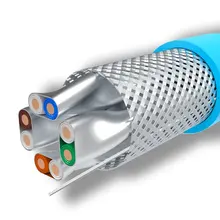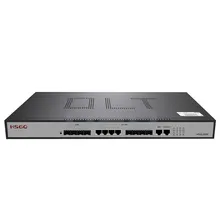Understanding 240V AC PIR Sensors
Passive Infrared (PIR) sensors are a staple in modern automation and security systems. The 240V AC PIR sensor is a specific type of motion detector that senses infrared light radiating from objects in its field of view. Commonly used in lighting systems, these sensors are designed to detect the presence of people or animals, triggering a response from the connected system.
Types and Features of PIR Sensors
There are various types of PIR sensors, each tailored for different applications. The wall-mounted PIR sensor is popular for residential and commercial security systems, while the ceiling-mounted PIR sensor offers a wider detection range, suitable for large areas. Features such as adjustable sensitivity, detection range, and angle of coverage allow for customization to specific needs.
Applications of 240V AC PIR Sensors
The versatility of 240V AC PIR sensors is evident in their wide range of applications. They are integral to energy-efficient lighting solutions, activating lights only when presence is detected, thus conserving electricity. In security systems, these sensors act as a primary component for intrusion detection, triggering alarms when motion is sensed.
Materials and Construction
The construction of a PIR motion detector involves robust materials that ensure durability and reliability. Typically, the housing is made from high-grade plastics or metals that protect the sensitive electronic components within from environmental factors.
Advantages of Using 240V AC PIR Sensors
The advantages of using 240V AC PIR sensors include energy savings, enhanced security, and convenience. Their ability to operate directly on AC power without the need for a transformer makes them easy to integrate into existing systems. Moreover, their passive nature means they consume less power, contributing to their energy efficiency.
Choosing the Right PIR Sensor
Selecting the right PIR sensor for your system is crucial. Consider factors such as the sensor's range, field of view, and the environment in which it will operate. For outdoor applications, ensure the sensor is rated for external use. For indoor systems, consider the aesthetics and how well it blends with the interior design.









































 浙公网安备 33010002000092号
浙公网安备 33010002000092号 浙B2-20120091-4
浙B2-20120091-4